Detailed on this part is info on the blue street indicators situated on UK roads. The idea check includes questions associated to those street indicators.
- What are blue street indicators used for?
Blue street indicators present motorists, cyclists and pedestrians with a variety of data, relying on their form and placement. - Blue round street indicators?
Round blue indicators present constructive instruction, for instance by emphasizing specific lanes or routes obtainable to street customers or pedestrians. Blue round indicators additionally present necessary instruction, for instance by informing a street consumer that they need to flip left forward. - Blue rectangular street indicators?
Blue rectangular street indicators are used for informational functions besides on motorways the place blue rectangular indicators are used for instructions.
Take the street indicators check quiz
After you have familiarised your self with the numerous UK street indicators and their meanings, check out our street signal check quiz and check your information to see if you’re prepared for this a part of the idea check.



Route indicators
These regulatory blue indicators inform street customers of which necessary route should be taken. See mini roundabouts and one-way streets and techniques for additional info.
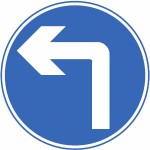
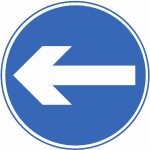
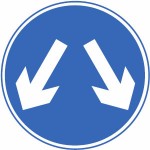
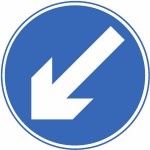
(proper if image reversed)
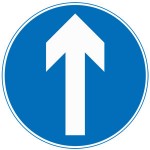
(Turning left or proper is prohibited)
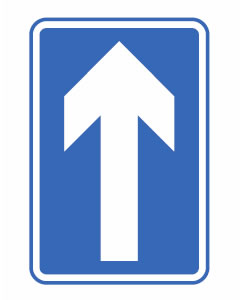
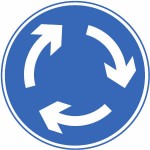
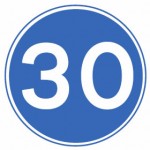
restrict signal
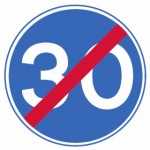
velocity restrict signal
Minimal velocity limits
The overwhelming majority of roads within the UK do not need minimal velocity limits enforced. Those who do make the most of a blue round street signal that differs from round indicators with a crimson ring signifying the utmost velocity restrict. Minimal velocity limits are imposed to keep up a gradual steady circulate of visitors. See minimal velocity limits and driving too sluggish for additional info.
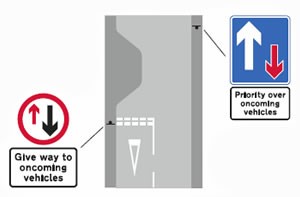
Visitors calming
Visitors calming measures are seen extra continuously on UK roads. Highway narrowing on one, or either side is a method usually employed to sluggish visitors in residential areas. Precedence by the narrowing is commonly managed by indicators and street markings. The round signal is informing drivers they need to give method to oncoming visitors and the blue signal is informing drivers that they’ve precedence.
Cycle lane indicators
Highway indicators for cyclists and cycle lanes are largely blue, though blue indicators could also be accompanied with a directional white street signal. The driving principle check includes answering questions on many street indicators together with indicators for cyclists and cycle lanes.
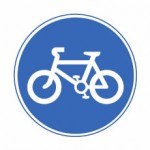
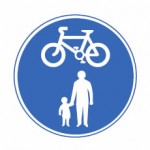
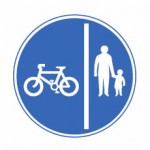
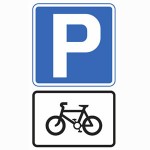
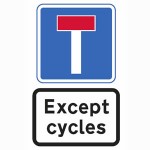
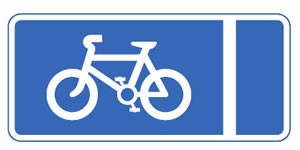
choose up or set down passengers.
Hours of operation could also be proven
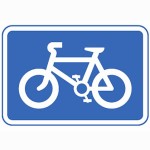
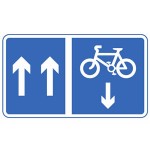
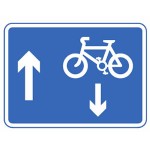
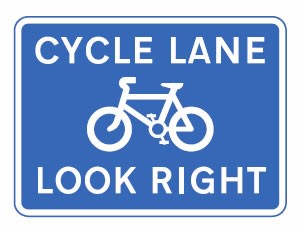
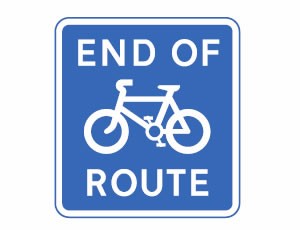
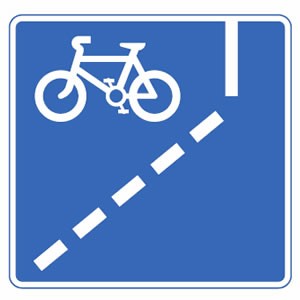
Hours of operation may additionally be proven
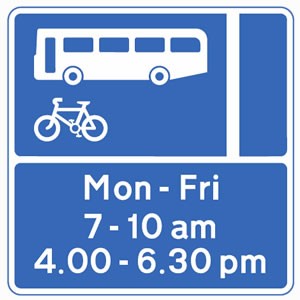
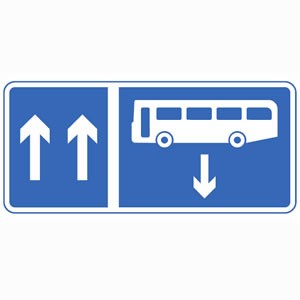
Bus lane indicators
Bus lanes indicators are blue and are accompanied with street markings. The occasions that bus lanes are in operation might or will not be present on the signal. It’s unlawful to drive in a bus lane inside its operational occasions. If no occasions are seen, assume the bus lane is in operation 24 hour a day. Bus lanes can normally be utilized by buses, taxis and cyclists in occasions of operation. For additional info, see bus lane indicators and bus stops, plus bus lane street markings.
Blue motorway indicators
Most motorway indicators are blue and though at the moment learner drivers can not legally drive on motorways, the legislation might change to permit using motorways to learner drivers. Motorway indicators and indicators are nevertheless used as a part of the a number of alternative query classes inside the driving principle check. See motorways for an in depth information on motorway guidelines, reflective studs, indicators, indicators and guidelines.
Highway indicators check quiz
After you have studied the street indicators and really feel assured in your skill to know them, take the street signal check quiz



Different sorts of street indicators

















































